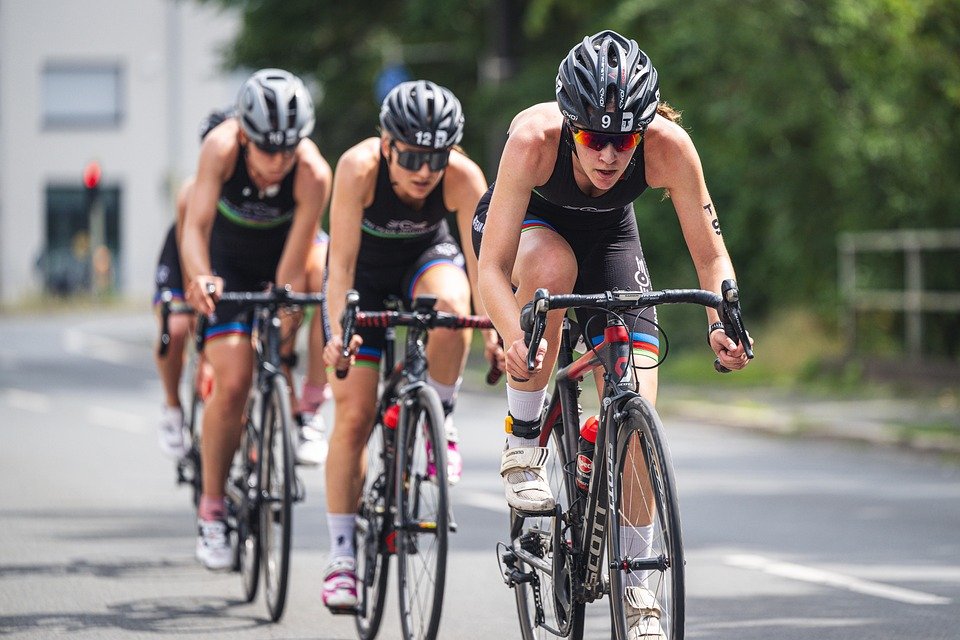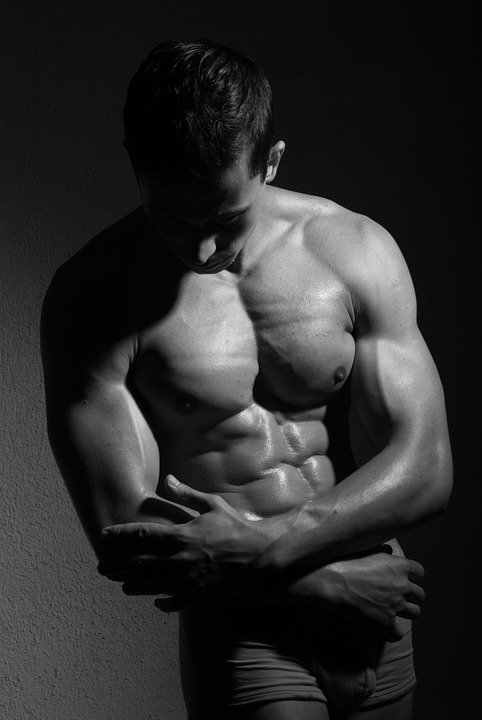Singer and songwriter Kane Brown is a man that is constantly in demand. Balancing his time between touring and promoting his music, the country music star began to feel that his fitness levels were suffering as a result of always being on the go. So, when a small gap in his gargantuan schedule finally surfaced, Brown utilized some rare downtime to start getting shredded over the summer, ahead of the next leg of his “The High Road Tour.” To discuss his journey so far, Brown sat down with M&F and acknowledged his biggest challenge to come — staying consistent on his upcoming international tour.
For more than a decade, Kane Brown has been a significant part of the soundtrack to our lives. His single, ‘Heaven’ sold more than 10 million units in the U.S. and ‘What Ifs’ has been streamed more than half-a-billion times on Spotify alone. But while Brown was riding high in the charts, a nagging feeling was telling him to get back into better shape. Then, in April, the singer found himself in Canada, scrolling though his phone, when he came across a clip of UFC President Dana White discussing the benefits of fasting.With three days off from his day job ahead of him, Brown decided to try it for himself. “And, I got six other people on tour with me to do it,” the singer tells M&F. “Once I saw what happened, I really didn’t want to put anything bad back into my body,” explains the star. “I started working out and training, and then I started looking into bodybuilding.”
Kane Brown Adapted His Lifestyle to Meet His Fitness Goals
Brown completed his fast by only drinking water, electrolytes, and bone broth, and was encouraged by the results (those on medication or with medical conditions should consult a health professional before starting prolonged fasts). Still, working on his physique during busier times would require adaptations. “The hardest part of staying fit with my lifestyle is the traveling,” explains Brown. However, the “Backseat Driver” singer’s confidence was boosted by that initial fast, because he proved to himself that he could spend time alone in hotel rooms without the desire to graze on junk foods to pass the time. He’s been in the driving seat with his health regime ever since.
The star now takes pre-prepared meals on the road where possible, so that he doesn’t give in to temptation. “I would say, for me, it’s 80% kitchen, 20% gym, but I will say that it’s all mentality, too,” he explains. Formerly a self-professed Pop-Tart fiend, the singer’s refrigerator is now clear of processed foods and high sugar options. These days, whether he’s at home or performing far away, the star also says that he’s intent on getting his steps in. Brown loves to run or walk as his preferred forms of cardio. “Get a mile, minimum,” says the ‘Miles On It’ singer. “And then when you’ve got the mile, your day is set.”
Brown has even become a positive force among his peers. “My manager likes to run, my videographer likes to run,” explains the singer, noting that he loves an incline for its heart pounding, fat burning effects. The star also says that dropping weight and working on his cardio has made him better at pastimes like basketball. “I feel young again,” says the 31-year-old. “I feel like I’m 21.” Brown shares that he generally aims for around 1,900 calories per day to stay in a small deficit, allowing himself one “refeed” day where he eats around 2,200 clean calories. “It’s been four months now, straight,” he shares of his journey to becoming buff.
Kane Brown Levels Up with High Volume Resistance Training
Brown tells M&F that he works out seven days per week, split into two days for legs, two days for chest, one day for arms, and two for back and shoulders. He still runs at least a mile and works his core every day too. “I like to concentrate on the muscle that you are working,” explains the singer, noting that he likes to feel the contraction and full stretch with every rep. “Lighter weights, higher reps,” shares Brown when discussing how he’s become so ripped. “I have a lot of stamina.”
As for making smart swaps, Brown substitutes old habits like snacking on Pop-Tarts with protein shakes instead. His “cheats” include scoops of almond butter — rich in fiber, vitamins, and healthy fats that can reduce bad cholesterol and support his cardiovascular health. With three young children including a one-year-old son, the popular Country music star explains that recovery from sleep is at a premium, but he likes to relax when he finds a moment by sitting in the sunshine and soaking up some rays.
Kane Brown Is Readying for His Biggest Fitness Challenge Yet
While Kane Brown has been crushing his workouts, avoiding nutritional pitfalls, and getting to grips with his new fitness regime, the star understands that his biggest challenge to consistency waits in the form of the European and UK legs of his highly success successful “The High Road Tour.” While taking in Germany, Netherlands, Ireland, Scotland, and England, the singer hopes to use what he’s learned and keep himself in shape despite the unpredictability of being on the road. Aside from regular workouts and taking in each city by running the streets, Brown is shunning the negative habits associated with stage performers and hopes to be in bed by midnight where possible. Of course, international tours are a great way to sample the cuisine of other cultures, so Brown is looking forward to visiting each stop, but plans to exercise portion control as a means of keeping his newly chiseled physique in check. “It’s about consistency,” acknowledges the global music phenomenon. “But then it’s about being flexible with that consistency.”
To catch the Kane Brown, live, click here for ticket info.
To follow him on Instagram, click here.
This post is brought to you by: Source link
Kane Brown Posts Jaw-Dropping 5-Month Fitness Transformation Ahead of Tour, 2025-09-05 11:52:00















